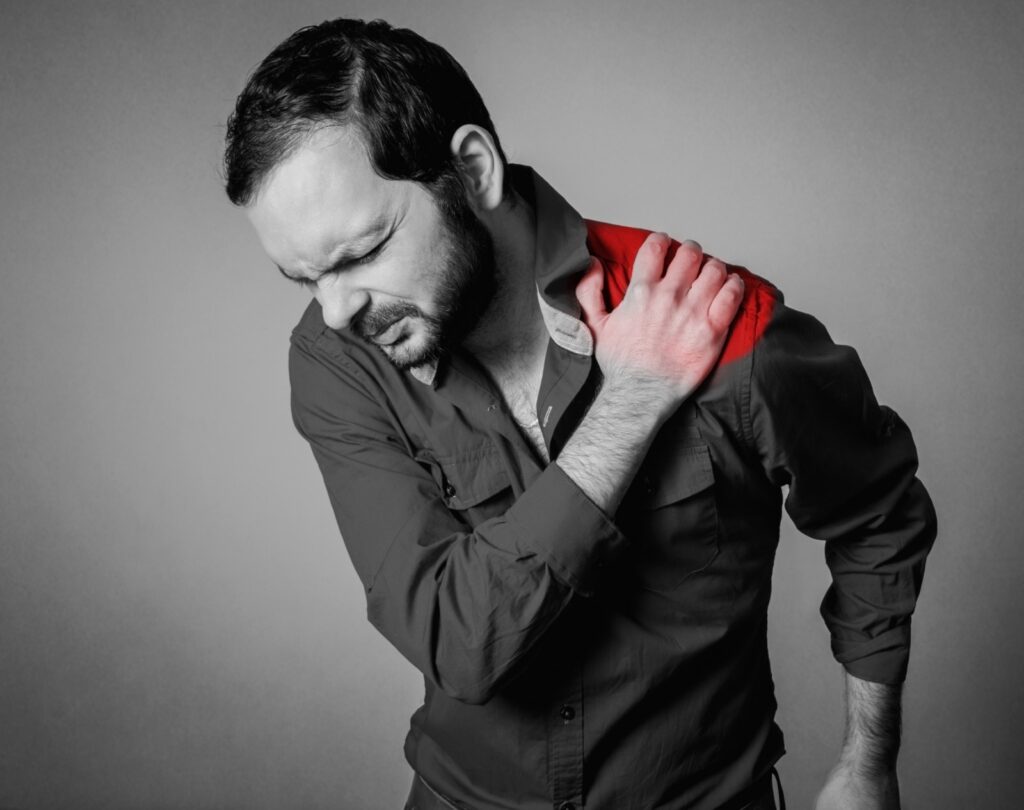Shoulder injuries can seriously affect how we move and what we can do each day. They can happen for many reasons, like falling, lifting heavy things, or playing sports. These injuries range from minor sprains to major tears of the ligaments or muscles. When your shoulder hurts, even simple actions, like picking up a bag or reaching for a shelf, can become difficult.
To better address these problems, healing shoulder injuries with advanced regenerative therapy offers a promising solution. But what exactly is regenerative therapy? At its core, it is all about using the body’s natural ability to heal itself. It involves special treatments that help repair tissues and promote recovery. Unlike regular treatments that might just hide the pain, regenerative therapy can help fix the injury itself.
What makes healing shoulder injuries with advanced regenerative therapy different from traditional methods? The main thing is that it doesn’t just mask symptoms. It addresses the root cause. This means you could potentially get better results without relying on medications or surgeries.
With healing shoulder injuries using regenerative therapy, people are finding new ways to recover. This therapy promotes natural healing by supporting the body’s own repair mechanisms. It stands out because it not only targets reducing pain but also focuses on long-term recovery. For many, this is a game-changer. They see improvements in mobility and overall quality of life.
So, when looking at painful shoulder issues, healing shoulder injuries with advanced regenerative therapy recovery time shows promise in bringing quicker and more lasting relief compared to conventional options.
The Science and Innovation of Regenerative Therapy
The science behind regenerative therapy is both simple and fascinating. It leverages the body’s natural power to heal itself. This involves stimulating cells to repair injured tissues. The goal is for your body to fix the damage, making it a smart way to tackle health issues.
There are several techniques used in this therapy. Let’s look at a couple of popular ones: stem cell therapy and platelet-rich plasma (PRP) applications.
- Stem cell therapy: Stem cells are like tiny builders in your body. They can turn into whatever type of cell your body needs. When placed at the site of a shoulder injury, they can help repair and replace the damaged tissue. This is a new and interesting avenue for healing shoulder injuries with advanced regenerative therapy indications.
- PRP therapy: This uses parts of your own blood to encourage healing. It involves concentrating platelets from your blood and injecting them into the injured area. These platelets help reduce inflammation and speed up recovery.
Significant advancements in healing shoulder injuries with advanced regenerative therapy continue to emerge, thanks to ongoing research. Studies show promising outcomes. Athletes, active individuals, and even those with chronic pain find relief and enhanced shoulder function.
The most remarkable benefit is how these therapies step away from traditional methods. Normally, when you injure your shoulder, the options are rest, medication, or surgery. The downside is sometimes these don’t address the problem or heal completely.
With healing shoulder injuries using advanced regenerative therapy, results are different. The therapy addresses the underlying cause of pain. It reduces recovery time and extends long-term benefits. Innovative treatments show that our future might rely less on painkillers and more on our body’s natural repair toolkit.
So, if you’re considering ways to boost your healing, keep an eye on the research developments in healing shoulder injuries with advanced regenerative therapy.
Transformative Impact of Regenerative Therapy on Lives
Let’s talk about how healing shoulder injuries with advanced regenerative therapy benefits real people. Many have seen significant improvements. They often share stories of better movement, less pain, and improved quality of life.
Consider the case of John. An avid golfer, he hurt his shoulder while playing. Traditional treatments weren’t working for him. He opted for regenerative therapy. After his treatment, his swing improved, and he enjoyed golf without pain. His story is just one of many highlighting the positive changes brought by healing shoulder injuries with advanced regenerative therapy.
The journey through this therapy is typically smooth for patients. It starts with a consultation. Your doctor discusses your injury and advises on the right course of action. If you proceed with the therapy, it involves a straightforward procedure, often completed in a day. Recovery varies but is generally quicker than surgery, showcasing the impressive healing shoulder injuries with advanced regenerative therapy recovery time.
Among the common myths is the belief that such therapies are risky. However, these treatments are both safe and effective. Another misconception regards cost. While some think these are more expensive than traditional therapies, they often pay off in the long run with fewer additional treatments needed.
Accessibility is often a concern. Fortunately, more clinics offer these advanced therapies, making them widely available. They are less invasive than surgery and usually involve less downtime.
By choosing healing shoulder injuries with advanced regenerative therapy, patients find a promising alternative. This approach not only relieves pain but also helps prevent future injuries, giving patients a sustainable path to recovery.
The Future Landscape of Shoulder Treatment
Looking forward, the future of shoulder treatment appears brighter than ever. Healing shoulder injuries with advanced regenerative therapy is pioneering the way for new treatment strategies.
Future advances will likely emphasize faster recovery and even more accessible treatments. This means more people can find solutions tailored to them without extensive surgeries.
For anyone looking to recover from shoulder pain and regain full function, regenerative therapy offers both a present and future path filled with possibilities. Dive into this exciting area and discover a world of potential with healing shoulder injuries using regenerative therapy.
